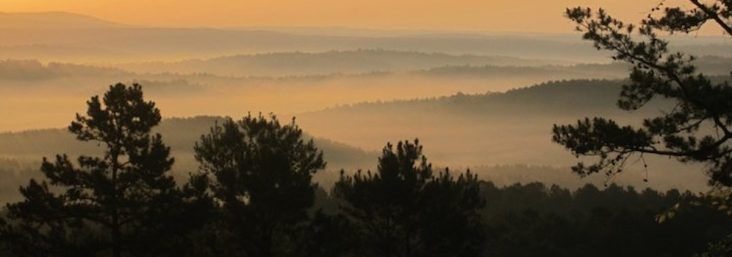States mull restrictions of foreign purchases of agriculture and forest lands
by April 25, 2022 9:44 am 911 views

Foreigners and foreign-based companies have owned agriculture and forestry land in the U.S. since before it was founded, and in recent years that trend has been on the rise. As foreign ownership of U.S. farmlands increases, will more states consider restrictions on these land buys?
Harrison Pittman, director of the National Agricultural Law Center, will lay out the trends at the Mid-South Agricultural and Environmental Law Conference on June 10 in Memphis.
Pittman will be one of the speakers addressing legal issues in food, environmental and agricultural law at the conference, which returns to an in-person format.
According to a 2020 U.S. Department of Agriculture report, foreign persons hold an interest in nearly 37.6 million acres of private U.S. agricultural land, an increase of 2.4 million acres from 2019. Since 2015, foreign investments have increased an average of 2.2 million acres per year. Foreign investors from Canada, Italy, Germany, the Netherlands, and the United Kingdom represent 63% of all foreign agricultural landholdings in the U.S.
The foreign investments have raised concerns. Over the past year, Missouri, Indiana, Texas, and Alabama have considered legislation that would restrict foreign investments and ownership of agricultural land within the boundaries of their states.
“This is not a new concept, as more than a dozen states specifically forbid or limit certain foreign investments of agricultural land within their state,” Pittman said. “However, state laws vary widely, and some states restrict only certain purchases while allowing for at least some level of foreign ownership of agricultural land. My June 10 update will take a deeper look at recent proposals and changes and what we might expect to see in the future.”
The National Agricultural Law Center serves as the nation’s leading source of agricultural and food law research and information. The Center works with producers, state and federal policymakers, Congressional staffers, attorneys, land grant universities, and many others to provide objective, nonpartisan agricultural and food law research and information to the nation’s agricultural community.
The center is a unit of the University of Arkansas System Division of Agriculture and works in partnership with the USDA Agricultural Research Service, National Agricultural Library.
Farmland isn’t the only land owned by foreigners. Forest lands make up nearly half of foreign owned land in the U.S.
“According to the latest USDA data, 49% of foreign-owned U.S. land is forested,” Pittman said. “This absolutely has implications in the carbon market space. When the largest percentage of foreign owned land is in the forestry sector, that’s a huge part of the carbon sequestration model and relevant to federal legislation, federal programs, and all manner of things.”
Foreign ownership of U.S. lands has been an issue for centuries. English common law significantly limited the ability of “aliens” to hold or acquire real property. The Declaration of Independence addressed these concerns and influenced states’ laws addressing foreign ownership of land. This concern eventually focused on agricultural lands, and today, a patchwork of state laws is in place throughout the U.S. that are often quite different from one state to the other.
The top three states with foreign owned lands are Alabama, Maine, and Texas. There are 4.4 million acres in Texas that are foreign owned, followed by Maine (3.3 million acres), and Alabama (1.8 million), the USDA reported.
